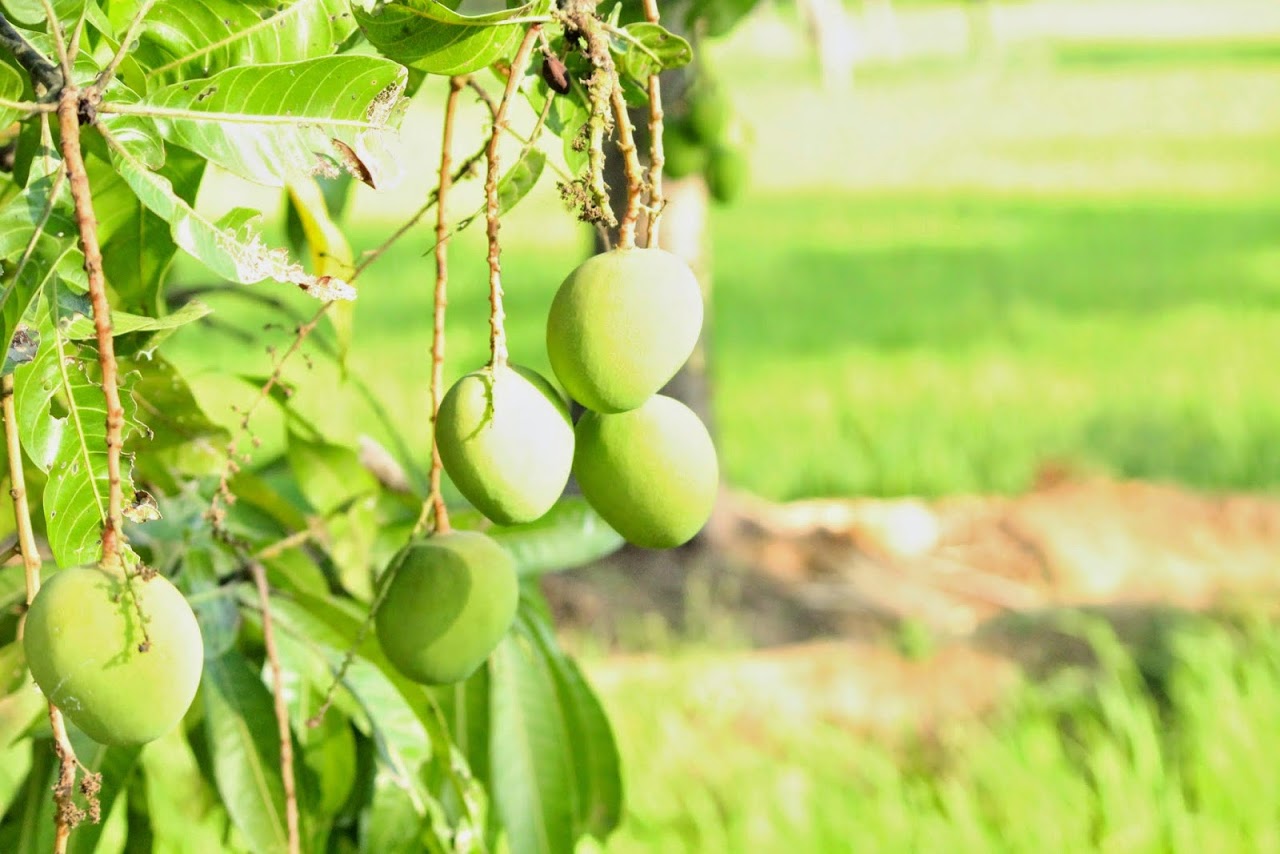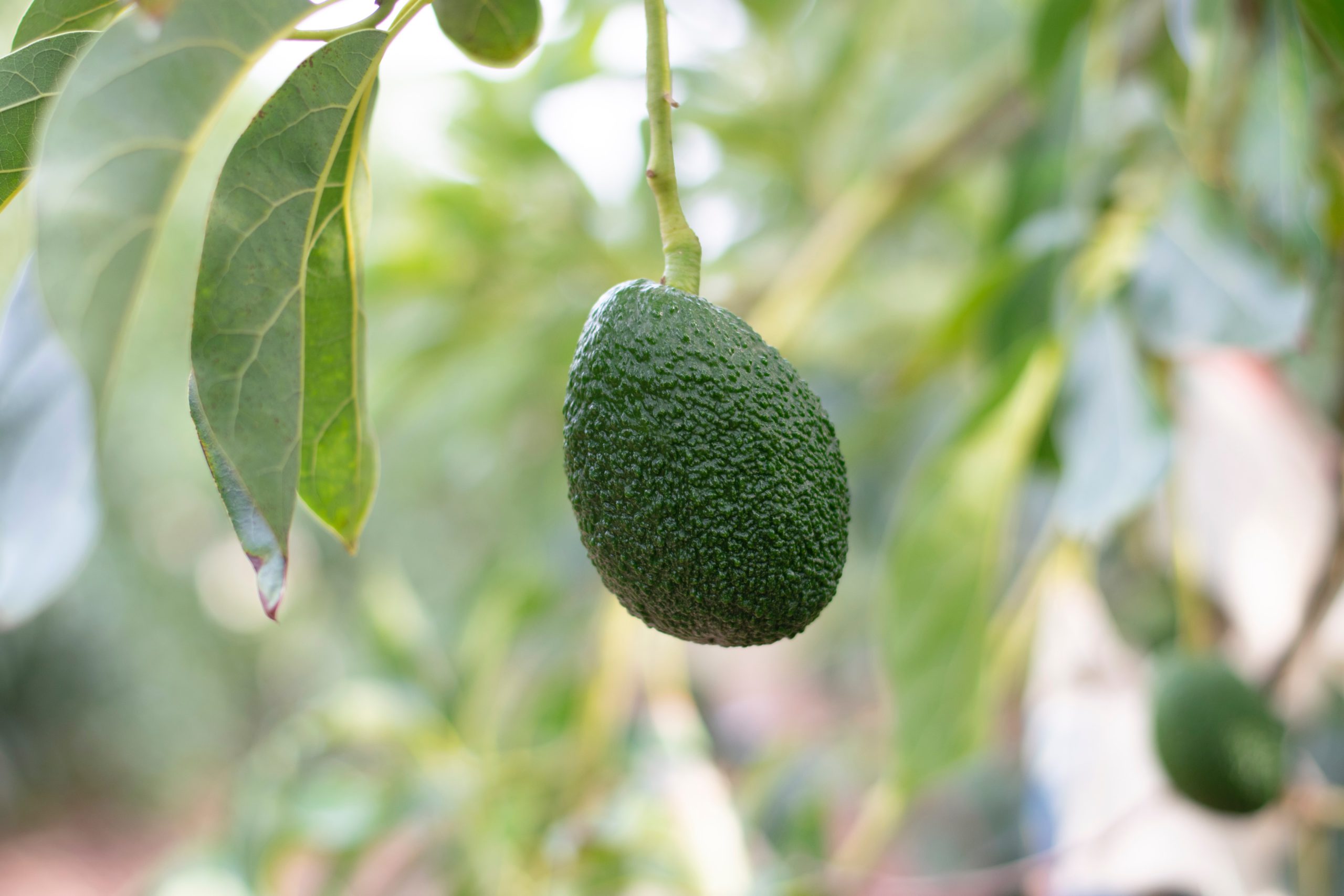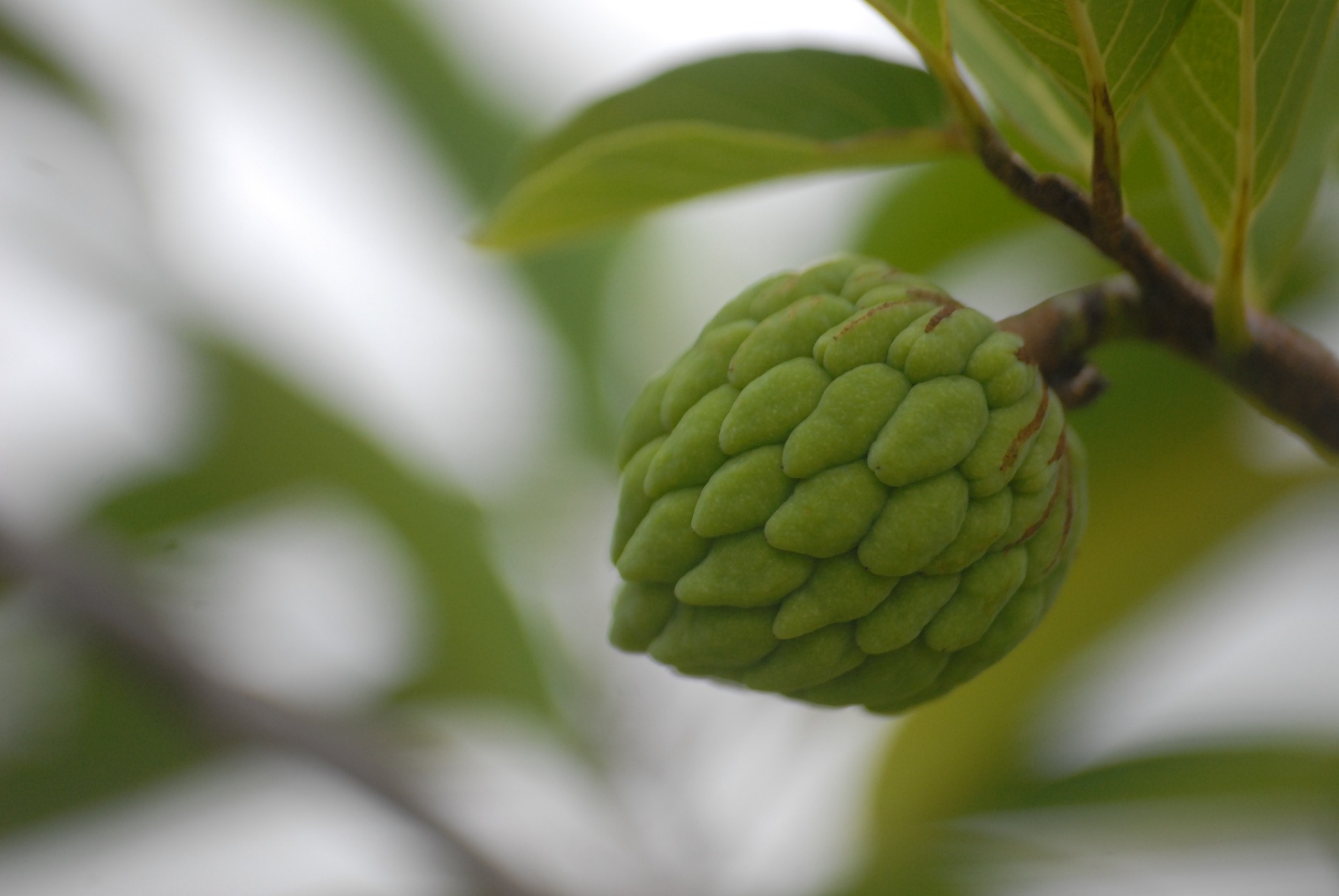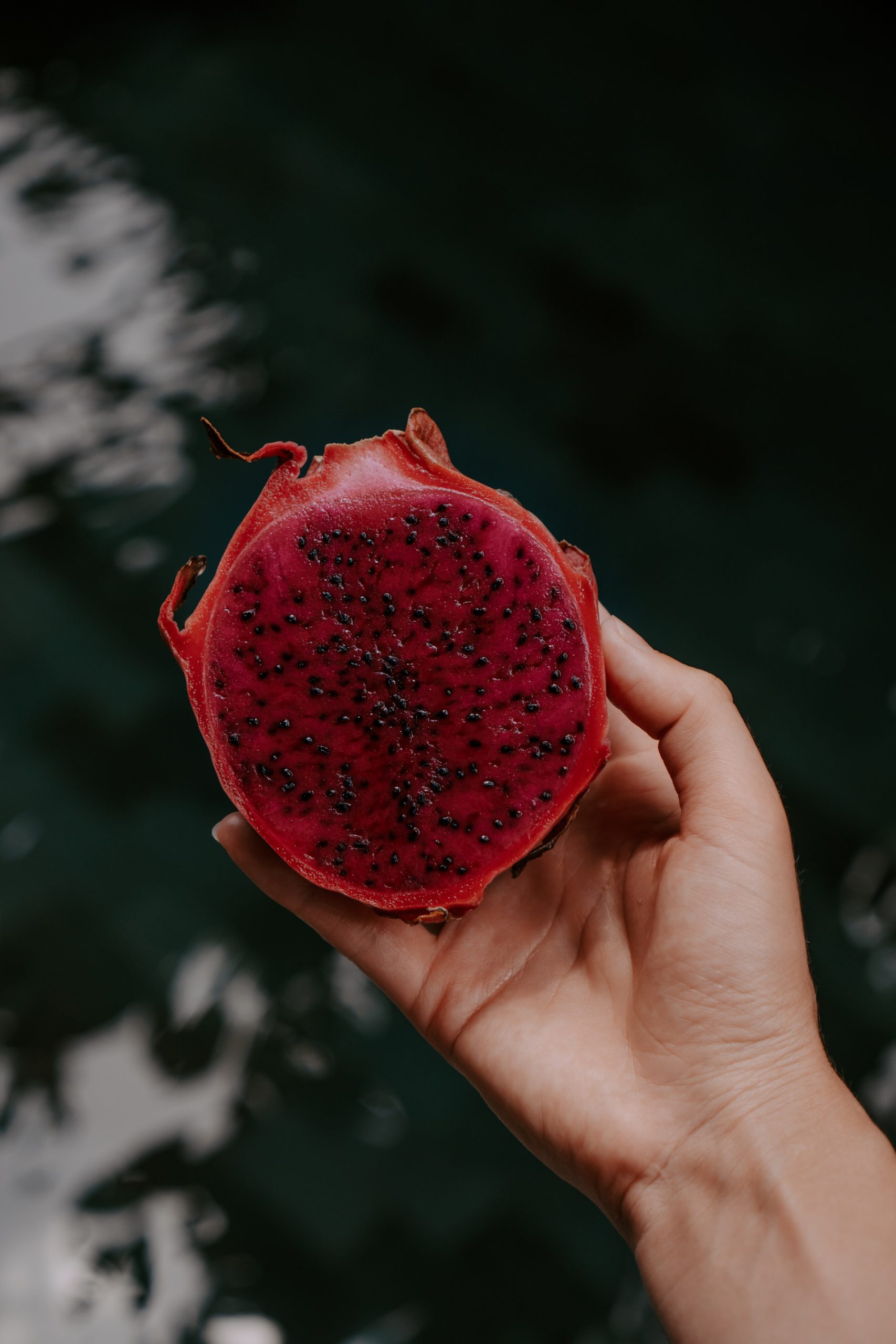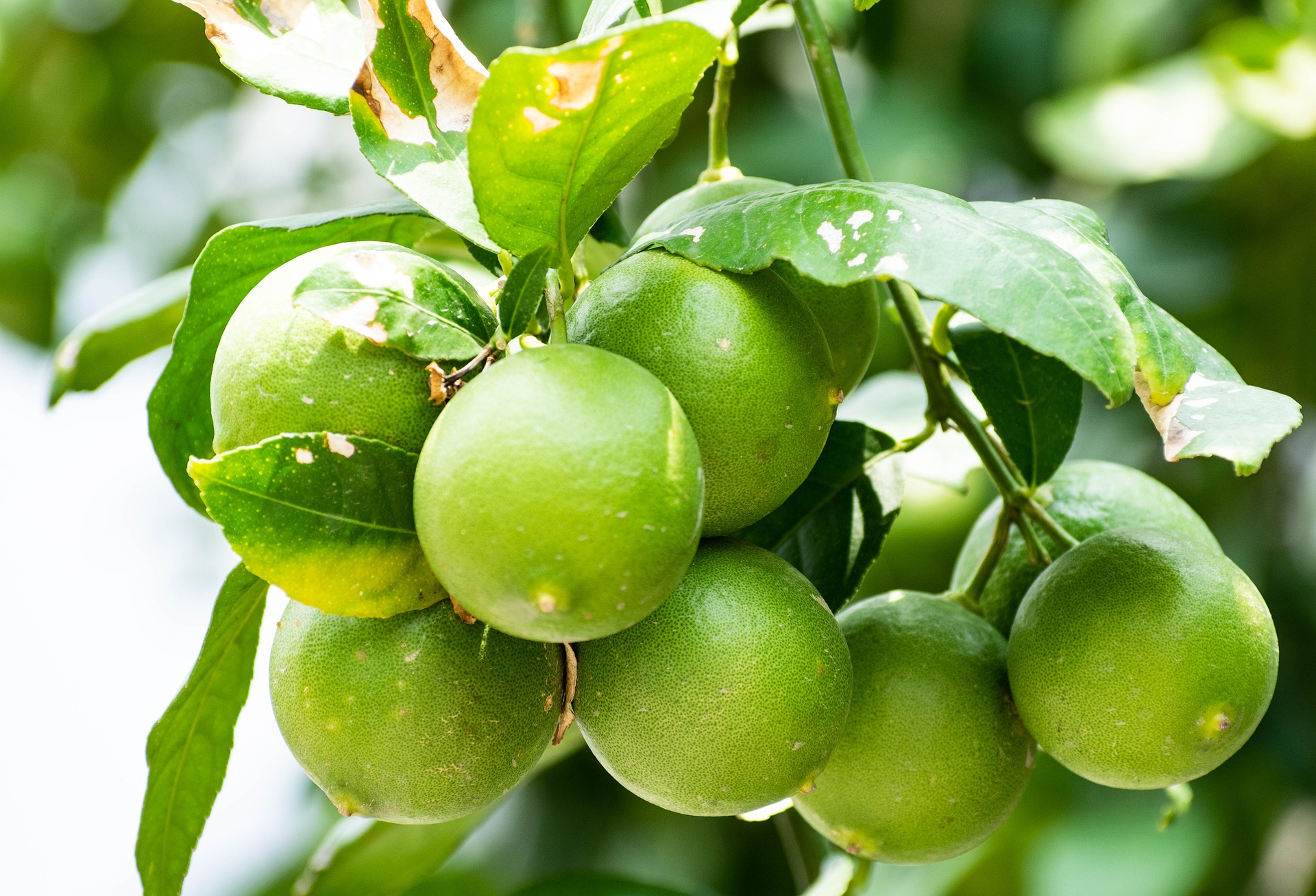Your cart is currently empty!

Japani Phal / Amar fruit / Persimmon fruit cultivation in india

Persimmon, Japani Phal, a fruit which is not really common in most parts of india but cultivated in Himachal Pradesh, Kashmir and parts of tamil Nadu is consumed fresh and dried. Most people have not even heard of this fruit let alone taste one. Though grown in India, the fruit is not very popular in most parts of the country. Unlike mangoes, Apple or Oranges, Persimmon is not widely available. The seasonal fruit is also called amarphal in hindi and Japani Phal colloquially.
While most people say that the fruit looks and tastes like tomato, many others differ in the description. When it comes to persimmon, the taste of the fruit depends on the variety and the ripeness of the fruit. The fruit is not palatable unless its fully ripe. The more ripe, the better and sweeter it tastes. A bit raw and you will have a bad taste in your mouth.
Persimmons are consumed fresh during the seasons but they are peeled and dried in shade to be consumed in winter, when its off season. The Persimmon fruit comes in two types. The Astringent type and the Non astringent type. As the name suggests, the tastes differ to each of these types.
Astringent Varieties : Eureka, Hachiya, Honan Red, Saijo, Tamopan, Tanesnashi and triumph
Non Astringent Varieties: Fuyu , Gosho, Imoto, Izu, Jiro, Maekawajiro, Okugosho, suraga
The Fruit was first cultivated in China and even today 75% of all persimmons come from china. India produces a very small fraction of the entire persimmon production and is not even sufficient for local consumption, let alone exports. The major chunk of persimmon cultivation comes from Himachal pradesh with over 10,000 Farmers cultivating persimmon in less than 500 hectares of land in total. That’s a significantly low production area as compared to other fruits.
Recent times have seen a good market for Persimmon fruit. A good amount of promotion from the government and exposure to foreign market has made this fruit relatively popular, compared to just a decade ago. Even with all the promotions, The persimmon farming industry lacks organized planting, Proper planting material, backed training, standardisation and education. Today, farmers are cultivating persimmon based on the knowledge they had acquired over the years traditionally. Very few farmers in the Himachal Pradesh have the right knowledge of Persimmon fruit growing. Reviving the traditional methods seems a bit far fetched and considering the fact that a lot of new techniques and practices have evolved over the years, traditional methods are often not feasible for commercial persimmon farming.
Like all commercial fruit farming, persimmon farming needs to be standardised. Adequate training and planting material should be provided. Tests need to be done and the right variety should be identified based on soil and weather conditions. The current stage is more of trial and error with no proper documentation and most of these are done by the farmers themselves.
Farmers currently face a range of problems from poor fruit setting, heavy drop of young fruits, astringent nature of fruits and insufficient knowledge of fruit maturity. To top this all, Consumers are not aware of the fruit itself and the consumption methods. (https://www.ishs.org/ishs-article/685_4)
Persimmon Farming – Farming Japani phal From the beginning
Japani Phal, Or persimmon, is started from seed. Amlook , or the indian persimmon plant is the rootstock used for best results for starting persimmon trees in india. The rootstocks are either budded or grafted when the root stock is ready. Chip budding is done in August and grafting is done in April. Best results are seen in grafted plants. Mother plants which need to be grafted should be selected with care. Mother plants should be free from any diseases and the yield should be high. Tested mother plants are required and most often, mother plants need to be from the same area. This is often a challenge. Unless you are testing for a new variety (which shouldn’t be done largescale) , Persimmon mother plants should be already available in your area. This assures that the plant will survive and have a long healthy life.
The soil conditions for persimmons are often not a concern. High organic matter is recommended and a PH level of 6.5-7.5 is recommended. Plant spacing are 15 feet By 15 feet or 20 Feet by 20 feet depending on the mother plant variety and its growth. Remember that a persimmon tree can grow to a height of 15 meters and its recommended that you know which variety you are planting and what height the plant can get to. The trees live long and some trees in India are known to be over 70 years old and still healthy and yielding. Older trees have a potential of high yield , up to 500 KG per year while younger trees do a moderate 200 KG per year.
Pests are minimal in persimmon and the most common problems include thrips, whitefly and mites. Ref : https://farmer.gov.in/imagedefault/ipm/persimmon.pdf. A complete list of all pests and diseases that affect persimmon is available on the link above.
Persimmon also requires proper care. Pruning happens just before winter ends. The bark of the tree should be removed using water spray. Though this is a good practice, it requires time and effort. If avoided, the chances of pests do increase. Removing the dead bark after winter will ensure that the new bark is fresh and free from pests. The dead bark will attract a range of pests including termites which is not good in the long run. Dry and smaller branches are pruned during this period. Trees should be allowed to have only strong branches.
In the onset of spring, New buds will evolve from the tree and this is where new flowers will set and then the fruits. More than 2 branches should not be allowed in a set. Smaller evolving branches should be cut down and only 2 branches should be allowed per node. When fruit setting starts, allow only one fruit per branch. This ensures bigger and better quality fruits in the tree. Leaving all the fruits to set will increase the number of fruits but the size of the fruit will be much smaller and the quality will deteriorate.
Irrigation is required once a month.
One of the main reasons why Japaniphal is so expensive is because of all the work involved. Winter is the only time when these farmers do not have work. Continuous management of the tree is crucial at every stage from the end of winter to the end of harvest.
From the first fruit setting to maturity, it takes 2 and a half months. Harvest is done when the fruits are tender and ripe, often reddish in color. Fruits that are not soft will usually be astringent and not suitable for consumption. Some non astringent varieties are excellent even when not completely ripe. The fruits are very soft and can be scooped of with a spoon when fully ripe. They are chalky in texture when they are not ripe and the non astringent varieties, though consumable, do not develop the desired taste unless tender.
The fruits have a good shelf life of up to 2 months if stored in temperature between 0 and 2 degrees. They can also be dried in shade with proper ventilation. Traditionally, the persimmon fruit is stringed by the pedicel and hung in a well ventilated room until the water content is removed.
Persimmon fruits have high sugar content up to 20%. When dried the sweetness increases and makes the fruit even better for those with a sweet tooth. The fruit is used for baking and a range of confectioneries. But in india, the fruit is consumed mostly fresh and in parts where they are cultivated, also dry.
Why Persimmon is a great fruit to cultivate and how does it benefit farmers?
To begin with, Persimmon cannot be cultivated just about anywhere in india. The best places are those where apples can be cultivated. Most farmers cultivating apples already know the decline in the price of apples in the country. The fruit, though costs 150 -300 during off seasons have a nominal price of 100 rs per kilo in retail during seasons. Though the price in Delhi and Mumbai are high for apples, the actual price farmers get is a lot less than what we buy for. Expect a nominal price of Rs 30 per kilo for farmers. On the Contrary, Persimmon , due to its demand and lack of availability, commands a much higher price. A price of 120 Rs is nominal for good quality persimmon when obtained from a farmer.
The best part is that most areas which can cultivate apple is suitable for persimmon cultivation. Today, farmers are moving towards persimmon farming gradually. The tree starts bearing fruits in 4-5 years and has an average production by the end of 10 years. The same time is required for cultivation of apple too.
Persimmon tolerates high winters and hardy weather. While some of the areas in himachal pradesh and kashmir have limitations of weather, Persimmon is one of the few fruits which can counter this problem. Today farmers can expect a different crop from the usual apple farming practiced here.
In Himachal pradesh alone Solan, Hamipur, sirmour, kullu, mandi, kangra, una districts have approximately 3000 Tonnes per year in production of Persimmon.
The most popular varieties grown in these area include hachiya and Fuyu.
Areas where Persimmon cultivation is Possible
Persimmons, also known as “Japani Phal” or “Lukum” in India, are cultivated in several regions across the country. Although persimmon cultivation is not as widespread as other fruits, it is gaining popularity due to its nutritional value and unique flavor. Here are some areas in India where persimmons are cultivated:
- Himachal Pradesh: Persimmon cultivation is prominent in the districts of Shimla, Solan, and Sirmaur in Himachal Pradesh. The favorable climate and suitable soil conditions in these areas contribute to the successful cultivation of persimmons.
- Arunachal Pradesh: The hilly regions of Arunachal Pradesh, particularly the districts of Itanagar, Papum Pare, and Lower Subansiri, are known for persimmon cultivation. The cool climate and high altitude provide suitable conditions for persimmon trees to thrive.
- Sikkim: Persimmons are also cultivated in Sikkim, primarily in the districts of East Sikkim and West Sikkim. The temperate climate and well-drained soil of these regions support persimmon cultivation.
- Uttarakhand: In Uttarakhand, persimmons are grown in regions like Nainital, Almora, and Pithoragarh. The cool climate and mountainous terrain make these areas suitable for persimmon cultivation.
- Jammu and Kashmir: Some parts of Jammu and Kashmir, particularly the districts of Kishtwar, Doda, and Rajouri, are known for growing persimmons. The moderate climate and suitable soil conditions favor the cultivation of this fruit.
- Meghalaya: Persimmons are cultivated in certain regions of Meghalaya, including East Khasi Hills, West Khasi Hills, and Ri-Bhoi. The cool and humid climate of these areas supports persimmon farming.
It’s important to note that persimmon cultivation may be localized and concentrated in specific areas within these regions. The availability of persimmons may vary across different seasons, and it’s advisable to check with local farmers or markets for the most up-to-date information on persimmon cultivation in India.
Climatic conditions and requirements for Persimmon Cultivation
Persimmons thrive in specific climatic conditions, and the following are the general requirements for growing persimmons in India:
- Temperature: Persimmons prefer temperate to subtropical climates. The optimal temperature range for persimmon cultivation is between 10°C to 30°C (50°F to 86°F). However, persimmons can tolerate slightly higher temperatures during the growing season, but extreme heat may affect fruit quality.
- Frost: Persimmon trees are sensitive to frost and require protection from freezing temperatures. Freezing conditions can damage the blossoms and young fruit, impacting the overall yield. Therefore, areas with mild or no frost are more suitable for persimmon cultivation.
- Rainfall: Persimmons require a moderate amount of rainfall, typically between 800mm to 1200mm (31 to 47 inches) annually. However, they are generally adaptable to different rainfall patterns, as long as proper irrigation is provided during dry spells.
- Sunlight: Persimmons thrive in areas with abundant sunlight. They require at least 6 to 8 hours of direct sunlight each day for optimal growth and fruit development.
- Soil: Persimmons prefer well-drained soil that is rich in organic matter. The soil should have a pH level between 6.0 and 7.5. Sandy loam or loamy soil types are generally considered suitable for persimmon cultivation.
- Altitude: Persimmons can be grown at various altitudes, but they tend to do well in regions with elevations ranging from 500 to 2000 meters (1640 to 6560 feet) above sea level.
It’s important to note that specific persimmon varieties may have slightly different climatic requirements. Therefore, it is recommended to select suitable persimmon cultivars based on the local climatic conditions of the area where cultivation is planned. Local nurseries or agricultural extension services can provide guidance on the best persimmon varieties for specific regions in India.
Persimmon Tree – Stages of Growth
The growth rate of a persimmon tree can vary depending on various factors such as the cultivar, growing conditions, and care provided. On average, persimmon trees have a moderate growth rate. Here are some general guidelines for the growth of a persimmon tree:
- Initial Growth: After planting a persimmon tree, it usually takes a few years for it to establish a strong root system and begin significant above-ground growth. During this initial period, the tree focuses on developing its roots and may not show substantial visible growth above the ground.
- Young Tree Growth: Once established, a young persimmon tree can grow around 30-60 centimeters (12-24 inches) in height per year under favorable conditions. This growth rate can vary based on factors such as soil fertility, sunlight, water availability, and overall tree health.
- Mature Tree Growth: As a persimmon tree reaches maturity, its growth rate typically slows down. Mature trees may grow around 15-30 centimeters (6-12 inches) per year. Keep in mind that the primary focus of a mature persimmon tree shifts towards fruit production rather than extensive vegetative growth.
It’s important to note that these growth rates are general estimates, and individual persimmon trees may exhibit slightly different growth patterns. Additionally, regular pruning, fertilization, and providing proper care can promote healthier growth and potentially enhance the growth rate of the tree.
Lifespan of a Persimmon Tree
The lifespan of a persimmon tree can vary depending on several factors, including the cultivar, growing conditions, and the care provided. On average, persimmon trees have a lifespan of around 30 to 50 years. However, with proper care and maintenance, some persimmon trees have been known to live up to 75 years or more.
The longevity of a persimmon tree can be influenced by various factors, such as:
- Cultivar: Different persimmon cultivars may have varying lifespans. Some cultivars are known for their longevity and can live for several decades with proper care.
- Growing Conditions: The growing conditions, including soil quality, sunlight exposure, and water availability, can significantly impact the lifespan of a persimmon tree. Optimal growing conditions can promote healthier growth and enhance the longevity of the tree.
- Disease and Pest Management: Proper management of diseases and pests can help prevent damage to the tree and prolong its lifespan. Regular inspections, prompt treatment of any issues, and following good agricultural practices can contribute to the overall health of the persimmon tree.
- Pruning and Maintenance: Regular pruning to remove dead or diseased branches, promoting proper airflow and sunlight penetration, and maintaining overall tree structure can help extend the lifespan of a persimmon tree.
It’s important to note that while persimmon trees may have a typical lifespan range, individual trees can exhibit variations. Additionally, factors such as environmental conditions, disease outbreaks, or pest infestations can impact the health and longevity of a persimmon tree. Providing optimal care, regular monitoring, and addressing any issues promptly can contribute to the long and productive life of a persimmon tree.
FAQ – Persimmon Fruit Cultivation in India
1. Can persimmon fruits be successfully grown in India?
Yes, persimmon fruits can be grown in certain regions of India, particularly in temperate and subtropical climates. While persimmon cultivation is not as widespread as other fruits, it is gaining popularity due to the increasing demand for this sweet and flavorful fruit.
2. What is the ideal climate for persimmon fruit cultivation in India?
Persimmons thrive in areas with a temperate climate, characterized by distinct seasons. They require a cold period in winter for proper fruit development. Regions with mild winters and hot summers are suitable for persimmon cultivation in India.
3. Which varieties of persimmon are recommended for cultivation in India?
Some persimmon varieties that are well-suited for cultivation in India include “Fuyu,” “Jiro,” and “Tanenashi.” These varieties are known for their non-astringent traits, making them enjoyable to eat even when firm.
4. What type of soil is suitable for persimmon cultivation? Persimmon trees prefer well-draining loamy soil with good fertility. Soil with a pH ranging from 6.5 to 7.5 is considered ideal. It is crucial to avoid waterlogged or excessively sandy soils for successful persimmon cultivation.
5. When is the best time to plant persimmon trees in India?
The best time to plant persimmon trees in India is during the winter or early spring months when the weather is cool and there is sufficient soil moisture. This allows the young trees to establish their root systems before the onset of hot weather.
6. How much sunlight do persimmon trees require?
Persimmon trees thrive in full sunlight. They require at least 6 to 8 hours of direct sunlight daily for optimal growth and fruit development.
7. How often should persimmon trees be watered?
In the early stages of growth, persimmon trees require regular and consistent watering. Provide deep irrigation at least once a week, especially during dry spells. Once the trees are established, they become more drought-tolerant.
8. Do persimmon trees require pruning, and if so, when should it be done?
Yes, pruning is beneficial for persimmon trees. It is best to prune them during the dormant winter months. Remove dead, diseased, or crossing branches and shape the tree to encourage proper airflow and sunlight penetration.
9. How long does it take for persimmon trees to bear fruits?
Persimmon trees usually take around 3 to 5 years to bear fruits after being planted. However, this timeline can vary depending on factors like the tree’s age at planting and the growing conditions.
10. When are persimmon fruits ready for harvest?
Persimmon fruits are ready for harvest in India from late autumn to early winter, depending on the variety. They should be fully colored, soft to touch, and easily detach from the tree when ripe. Some varieties can be eaten while still firm, while others are best enjoyed when fully ripe and soft.
11. Are there any common pests or diseases that affect persimmon trees in India?
Persimmon trees are generally resilient to pests and diseases. However, some common issues include fruit flies, aphids, and powdery mildew. Regular monitoring and adopting appropriate pest management practices can help control these problems.
12. Can persimmon fruits be stored after harvesting?
Yes, persimmon fruits can be stored for a short period after harvesting. Keep them in a cool, dry place away from direct sunlight. Some varieties tend to improve in flavor and sweetness after a few days of storage.
13. Is persimmon fruit commercially viable in India?
While persimmon cultivation is not as prevalent as other fruits in India, there is a growing demand for this unique fruit, especially in urban markets and health-conscious consumers. Depending on the region and market demand, persimmon fruit cultivation can be commercially viable for farmers.
14. What are the potential health benefits of consuming persimmon fruits?
Persimmon fruits are rich in vitamins, minerals, and antioxidants. They are a good source of dietary fiber and contain compounds that may promote heart health, aid digestion, and support the immune system.
15. Are there any special care tips for persimmon cultivation in India?
In regions with hot summers, it is essential to protect young persimmon trees from scorching sunlight and ensure sufficient water supply during dry spells. Adequate mulching can help retain soil moisture and regulate temperature. Regular inspection for pests and diseases is also recommended.
Recent Categories
Recent Posts
Post Archive
Category Tags
There’s no content to show here yet.

